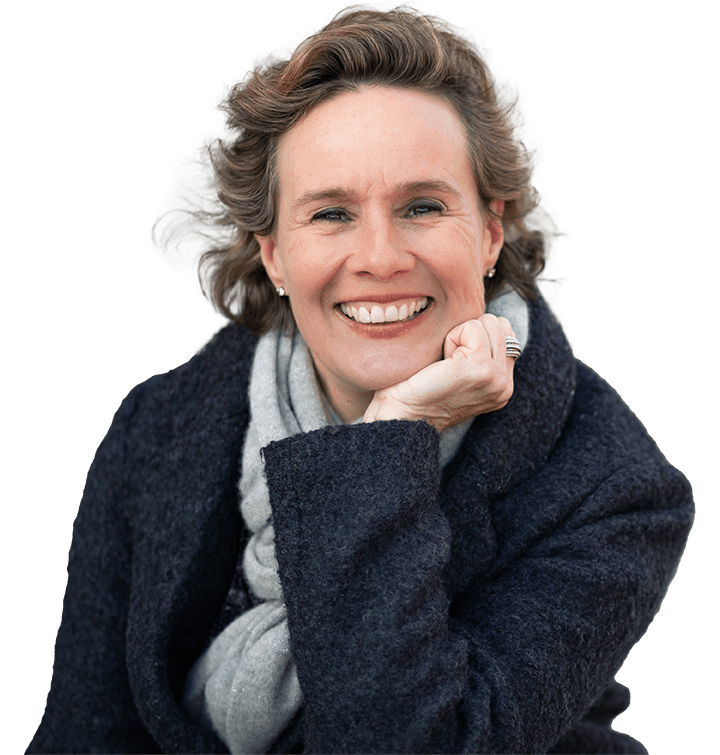Trauma, loss, healing and growth
In several recent group sessions, I have presented about the idea of post-traumatic growth, pioneered by psychologists Richard Tedeschi and Lawrence Calhoun in the 1990’s. Post-traumatic growth is an alternative response to post-traumatic stress disorder: after an individual has experienced a severely painful life event or loss, he or she comes out the other side with enhanced positive emotion, better relationships, deeper spirituality and meaning in life, and greater hope and vision for the future. And there are some practical strategies to encourage this healthy alternative response, including dedicating time for self-care and finding supportive relationships.
What has surprised me about presenting on post-traumatic growth is how interested people are in learning about it. I had assumed it would be a less popular topic, engaging only those few people who have experienced trauma. That was my mistake! Trauma and loss are a part of the human experience. To be human is to have experienced pain and loss. Certainly, there are different degrees of trauma, and some of us have experienced tragedy in the form of accidents, violence and disaster that set us apart and create deeper emotional wounds. Nonetheless, we all carry injuries and hurts from our interactions with the world, from relationships with parents and siblings, partners and children, friends and coworkers, and community and authority figures. And we all seem to have a deep desire to find a balm for these wounds.
Earlier this year, I completed two certifications for trauma-informed yoga: one from Manhattan-based Exhale to Inhale studio, serving survivors or domestic violence and sexual assault, and one from Warriors at Ease, serving military service members, veterans and their families. I love the principles of trauma-informed yoga, based on ideas of Dr. Bessel van der Kolk, a leading authority on post-traumatic stress disorder and author of The Body Keeps the Score. Van der Kolk’s research suggests that emotions from painful experience are stored in the body until they can be processed and healed. And that simply by moving and stretching the body, we can stimulate the healing process.
Coupling research-supported strategies for post-traumatic growth with a gentle yoga practice creates a powerful response to life’s inevitable pains and losses. Whether for yourself, your family, your work team or the people your organization serves, find out more about how these practices can bring greater freedom from the past and wellbeing for the future.
Categories

